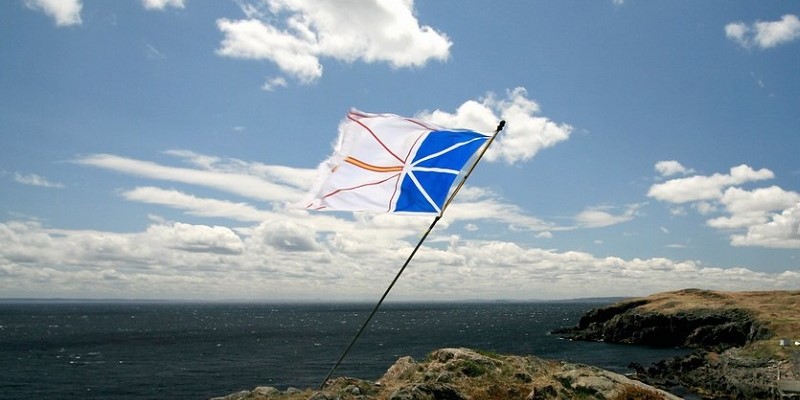Despite surplus, Newfoundland and Labrador government must rein in spending

The Furey government recently released its fall fiscal update, with Finance Minister Siobhan Coady reporting a projected $479 million budget surplus for 2022/23. This is a big change from the budget presented last spring when the province expected a $351 million deficit. While this improvement is good news on the surface, there’s more to the story including worrying signs on government spending.
To understand how Newfoundland and Labrador’s fiscal position has improved, we must look at government revenues. Total government revenue is expected to be $1.3 billion higher than projected in the budget (an increase of 14.7 per cent) due to improved oil prices, which create higher oil royalties for the province, and higher-than-expected revenue from personal and corporate income taxes and sales tax.
Indeed, governments across Canada are experiencing higher-than-expected revenues in 2022 due to the economic rebound from the pandemic and high inflation. And for oil-producing provinces such as Newfoundland and Labrador, increased oil prices and production levels. However, it’s a mistake to expect this situation to persist and the fundamental problems with province’s finances remain.
Worryingly, since the spring budget, the Furey government chose to increase spending by $504 million despite several independent analyses concluding the province must reduce—not increase—spending to achieve sustainability. Notwithstanding the projected surplus for this year, the province has a long track record across multiple governments of running deficits and increasing debt at an unsustainable pace. As a result of these decisions, the province has the highest government net debt per person in Canada at $30,486.
Simply put, the province’s track record of ever-increasing government spending, which continues in this latest fiscal update, increases the chances that the province will slide back into a deficit position in the future. Because the province relies heavily on oil and gas royalties to fund yearly operations, it’s susceptible to the boom-and-bust cycle of world oil markets. Research has shown that when oil revenues are strong, such as they are now, the province tends to increase spending. However, when oil revenues decline, it’s not matched by similar spending reductions, producing deficits and rising debt. Sure, the budget picture is improved temporarily, but history suggests this won’t last.
In fact, the finance minister seemed to acknowledge this reality in her comments this week: “Yes, we're taking in more revenues this year, and that's contributing to our surplus,” said Coady, “but what I will say is when you budget next year you'll be looking at a different scenario.” While the finance minister seems to understand the revenue improvement is temporary, the government’s increase in spending suggests otherwise. To be sure, the movement from deficit to surplus in 2022 is good news for the province. However, Newfoundland and Labrador has experienced many temporary up and down cycles before. To deliver a sustainable path forward, the Furey government must get serious about reining in spending.
Author:
Subscribe to the Fraser Institute
Get the latest news from the Fraser Institute on the latest research studies, news and events.

